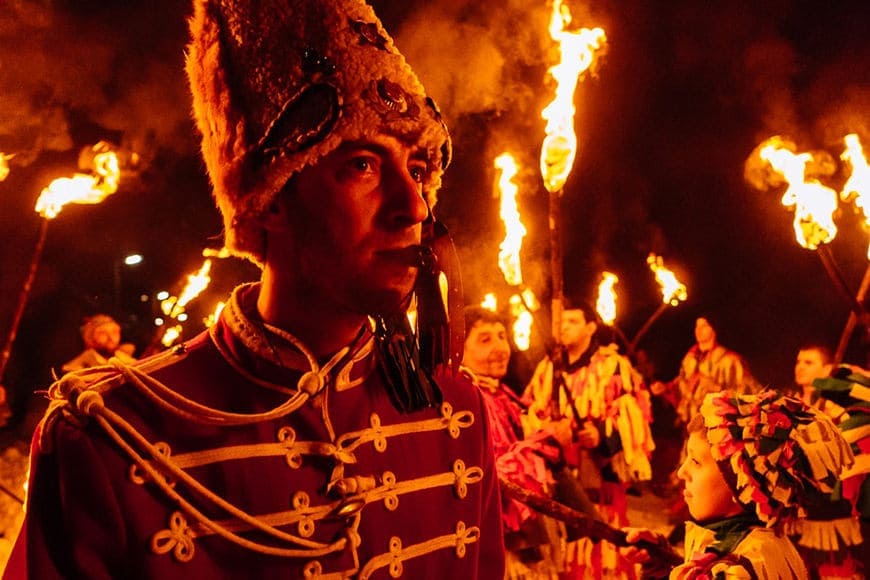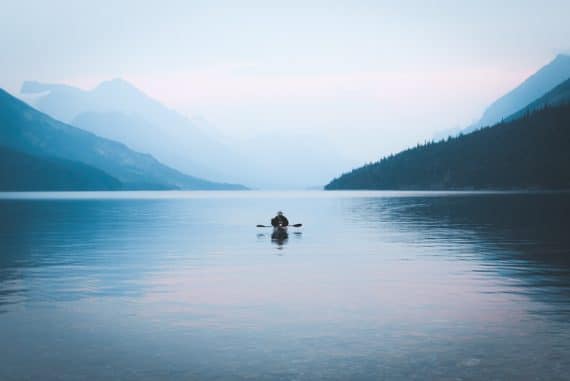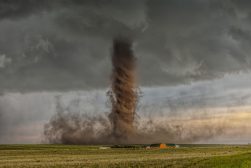Jacob James









One of the biggest challenges with travel photography, especially when working in more remote places, is balancing the amount of kit to keep weight to a minimum whilst not sacrificing versatility and quality.
My evolution as a travel photographer has definitely been closely tied with the evolution of my day to day camera set up. When I first started out, around 7 years ago, I shot solely with a Nikon DX system and a handful of prime lenses. At the time, my work was more formal, rigid portraiture. Around 4 years ago, I took the switch to a smaller, mirrorless system and started shooting with the Panasonic Lumix GX7.
As my kit size decreased, the spontaneity of my work increased, and my subsequent work became much more documentary in nature, focusing on capturing reality as opposed to the reality inside my head that was generally the result of working in a more rigid fashion.
Recently, I took a 3-week trekking trip to explore the landscapes of the Solu and Khumbu regions in Nepal. The requirements for the trip were quite strict, as I would be carrying all my personal kit as well as camera equipment on my back in a 48ltr Osprey rucksack. Access to reliable power sources would be a challenge, so this was also an important consideration.
When challenged with restrictions on both weight and size of gear, it’s important that each item of gear can be as versatile as possible. As the focus of my work was mainly landscape photography, as opposed to people photography that makes up the bulk of my portfolio, I knew that having a broad selection of focal lengths would be important. Many times, I’d be restricted on where I could actually stand and so having the ability to zoom in or come out wider would be key.
I would also need to carry a way of powering my camera kit when away from a mains supply. For this trip, I had a Goal Zero Nomad 28 solar panel and Sherpa 100 power bank
. With the USB charging function of the Lumix G9
, this meant that I would be able to power the camera directly from the panel, or power the Sherpa battery pack, and charge my camera and other electronics once back in the teahouse in the evening.
The in-body stabilization system is also so good on this camera, that I’ve had sharp images down to ½ second exposures. This means I could leave the tripod at home, saving another kilo in weight.
Below is a list of the gear I used for this trip, that can be seen in the image above:
Camera Gear
Panasonic Lumix G9 – Main camera, with its 6.5 stops of in-body image stabilisation, it’s ideal for handheld shooting, and the USB charging option made it ideal for this trip.
Panasonic Lumix 12-35mm f/2.8 – My workhorse lens for the trip. A stabilised 24-70mm f/2.8 equivalent lens that way smaller than its FF sibling.
Panasonic Lumix 35-100mm f/2.8 – My go-to telephoto lens for travelling. A super compact 70-200mm f/2.8 equivalent, that’s always in my bag.
Panasonic Leica 15mm f/1.7 – My number one lens for documentary and street shooting. It’s tiny and weighs almost nothing, despite being a fast 30mm equivalent. For general shooting, this doesn’t leave my camera.
Rode VideoMic Pro – A small compact, on-camera microphone that can be used for quick video work and interviews.
Goal Zero Nomad 28 Solar Panel – A super versatile solar panel that can recharge a G9 directly in a matter of hours when exposed to the harsh, direct sunlight of the Khumbu valley.
Goal Zero Sherpa 100 – A super rugged, 100w battery pack that’s capable of running laptops remotely. For this trip I used it as a backup source and power management system to charge my camera and other electronics both from the internal power and also when we had rare access to mains power.
Other Gear
Steripen Classic 3 – Pretty easy to use, but essential piece of kit for getting clean water from almost any source.
Leki Makalu Ultralight Poles – Three weeks of trekking with a rucksack over mountainous terrain can wreak havoc on your knees, these poles help take some of the impact and make getting up the fourth hill of the day a little more pleasurable.
Rab Ascent 700 Sleeping Bag – About the best balance of price, warmth and weight you can get in a sleeping bag. Packed down to fit inside my rucksack, but warm enough to sleep down to -15C.
Osprey Exos 48 Rucksack – Lightweight, but comfortable backpacking rucksack with plenty of storage options and mounting points for the Goal Zero solar panel
Clothing (Misc) – For trekking and off-the-beaten path travel, I love to use mainly merino clothing for its warmth and anti-odour properties. Using merino means I can get away with 4-5 sets of clothes for a 3-week trip, keeping my pack size to an absolute minimum.
Camera Gear (Not Shown)
For less adventurous trips where I am not restricted to what I can carry, I would normally carry the below as well:
Panasonic GX8 Body – A couple of years old now, but still my favourite camera from a purely enjoyment of use perspective. Rarely left at home, and normally found paired with the 15mm f/1.7
prime.
Panasonic Leica 12mm f/1.4 – A fast, 24mm equivalent prime that’s great for getting in tight and wide in intimate spaces such as inside people’s houses.
Panasonic Leica 25mm f/1.4 – A fast 50mm prime that I use mainly for portraiture.
Panasonic Leica 42.5mm f/1.2 – The ultimate M4/3 lens, a fast 85mm prime that I use mainly for portraiture and detail shots. Pin sharp wide open and stunning bokeh.
Manfrotto BeFree Travel Tripod – Lightweight travel tripod, that’s ideal for use with smaller system cameras.
Macbook Pro 15” Retina – My workhorse machine that’s been everywhere with me and shows the scars of travel with pride.
Western Digital My Passport Drives – I’ve been using these drives since I started in photography and have never been let down. I have the Nomad Hard Cases for these, too which gives them some protection from water and knocks.
www.jacobjamesphotography.co.uk


Check out these 8 essential tools to help you succeed as a professional photographer.
Includes limited-time discounts.













